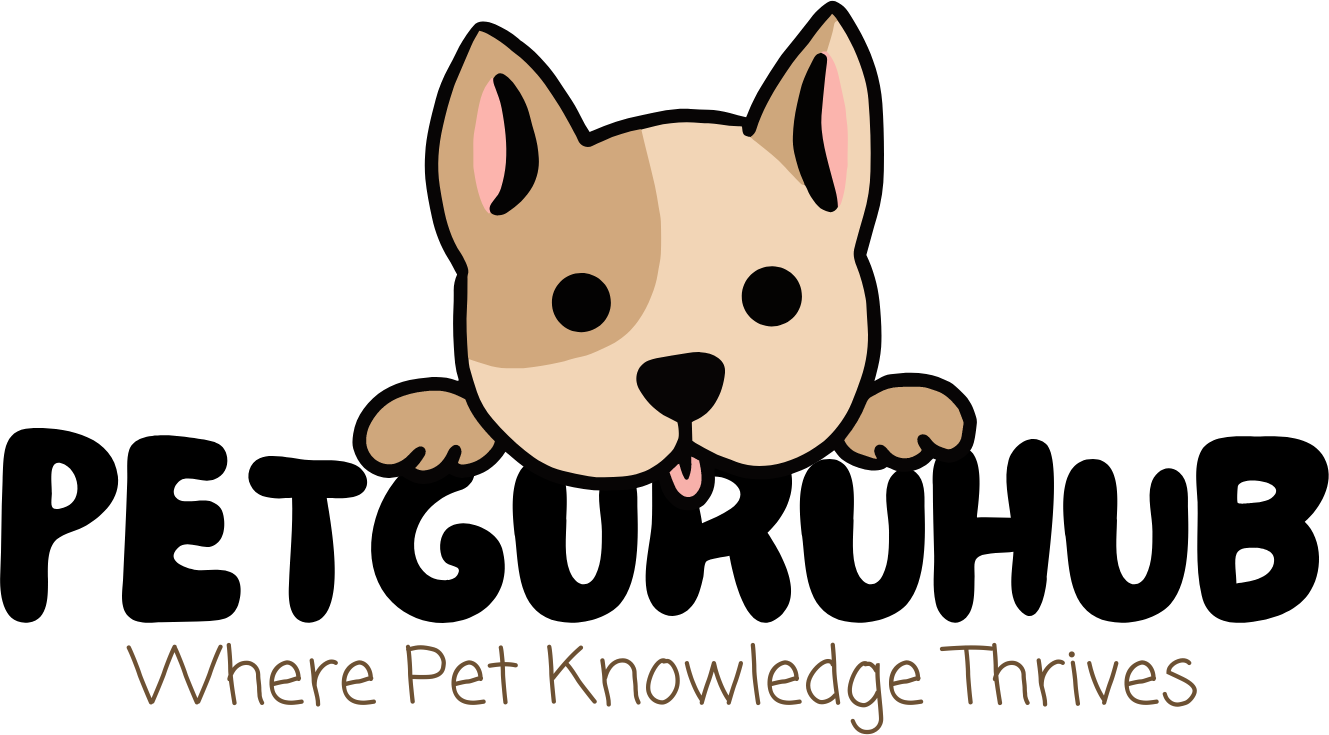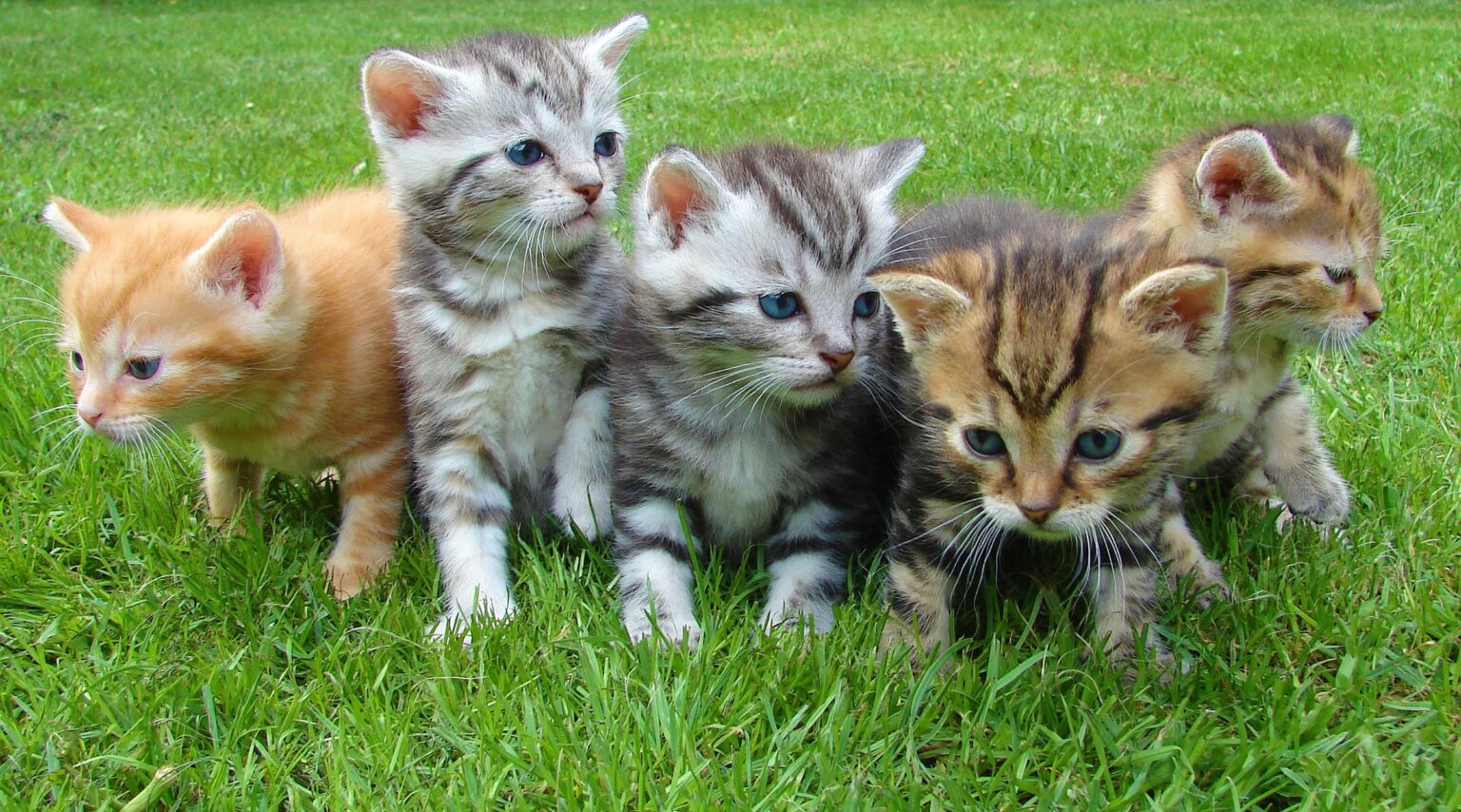Introduction
Cat breeds have become increasingly popular over the years thanks to their diverse characteristics, appearances, and personalities. There are over 70 recognized cat breeds around the world, each with their own unique history, genetics, and standards. This article will provide an overview of some of the most popular as well as rare cat breeds.
Domestication of the cat first began around 10,000 years ago in the Fertile Crescent of the Near East. Since then, humans have selectively bred cats to develop distinct breeds with desired traits. The first documented cat breed is the Siamese, which originated in Thailand.
Cat breed development expanded in the 19th century with the rise of cat shows and breed registries. Major cat breed registries include the Cat Fanciers’ Association (CFA), The International Cat Association (TICA), and World Cat Federation (WCF). These organizations establish breed standards and maintain pedigree records.
Popular cat breeds today include:
- Persian – The Persian cat is characterized by its long, flowing coat and flat face. Persians are calm, quiet cats that enjoy being lap cats.
- Maine Coon – Known for its large size, rugged coat, and tufted ears and paws. Maine Coons are intelligent, playful, and loyal.
- Siamese – Recognizable by its pointed coat pattern and striking blue eyes. Siamese are vocal, active, and demand a lot of human interaction.
| Breed | Origin | Personality |
|---|---|---|
| Persian | Persia | Calm, quiet lap cats |
| Maine Coon | North America | Intelligent, playful, loyal |
| Siamese | Thailand | Vocal, active, social |
While these breeds remain popular, new and exotic breeds continue to emerge like the hairless Sphynx cat. Responsible cat breeding practices are important for maintaining breed health and welfare.
Adopting mixed breed cats is also an excellent option for providing homes to cats in need. With proper care, any cat can make a loving companion.
Most Popular Cat Breeds
The most popular cat breeds today include:
- Persian
- Siamese
- Maine Coon
These three breeds consistently rank among the most popular based on registration data from cat breed registries like CFA and TICA.
A. Persian
- Originated in Persia (modern-day Iran)
- Known for its long, flowing coat and flat face
- Calm, quiet cats that enjoy being lap cats
History
- Bred for hundreds of years in Persia
- Introduced to Europe in 17th century
- Rose to prominence in late 19th century
Characteristics
- Long, silky fur in many colors and patterns
- Round head, short snout
- Calm, gentle personality
- Adaptable to indoor living
Appearance
- Long, flowing fur with luxurious ruff around neck
- Variety of coat colors and patterns like solid, tabby, calico
- Short legs, compact body
- Flat face with large, round eyes
B. Siamese
- Originated in Thailand (formerly Siam)
History
- Ancient natural breed of Thailand
- First exported to England in 19th century
- Gained popularity after displayed at cat shows
Characteristics
- Vocal, active, and social
- Forms strong bonds with owners
- Dog-like personality
- Very intelligent and playful
Appearance
- Pointed coat pattern in seal, blue, chocolate
- Striking blue eye color
- Long, tubular body
- Wedge-shaped head with large ears
C. Maine Coon
- Native to the U.S. state of Maine
History
- Natural landrace breed adapted to Maine’s climate
- Used as farm cats and mousers
- Recognized as a breed in late 19th century
Characteristics
- Affectionate, loyal, and playful
- Highly intelligent
- Dog-like personality
- Adapts well to many lifestyles
Appearance
- Large, rugged, semi-longhaired coat
- Tufted ears and paws
- Various coat colors and patterns
- Large size – one of largest domestic cat breeds
| Breed | Origin | Personality |
|---|---|---|
| Persian | Persia | Calm, quiet lap cats |
| Siamese | Thailand | Vocal, active, social |
| Maine Coon | Maine, USA | Playful, loyal, intelligent |
Rare and Unique Cat Breeds
While certain breeds like the Persian and Siamese remain popular, there are many rare and unique cat breeds that have emerged more recently:
A. Sphynx
- Originated in Toronto, Canada in 1966
History
- Natural hairless mutation discovered in 1966
- Bred as novel breed in 1970s and beyond
- Gained TICA recognition in 1998
Characteristics
- Hairless or nearly hairless body
- Warm, soft skin texture
- Outgoing, affectionate personality
- Requires frequent bathing
Appearance
- Lack of coat or very fine downy coat
- Wrinkled skin appearance
- Variety of skin colors like solid, tabby, tortoiseshell
- Wedge-shaped head with prominent cheekbones
B. Ragdoll
- Developed in California in 1960s
History
- Bred by Ann Baker starting in 1960s
- Name comes from docile, floppy nature
- Quickly increased in popularity as new breed
Characteristics
- Affectionate, docile, and easygoing
- Enjoys being held and cuddled
- Gets along well with children and other pets
- Very tolerant of handling
Appearance
- Semi-long silky fur with pointed pattern
- Blue eyes common
- Large size with heavy boning
- Variety of color patterns like bicolor, mitted
C. Norwegian Forest Cat
- Natural breed of Norway
History
- Landrace breed of Norway
- Used as farm cats and mousers
- Granted breed recognition in the 1970s
Characteristics
- Intelligent, energetic, and athletic
- Adaptable, strong hunting skills
- Affectionate and loyal to family
- Dog-like personality
Appearance
- Semi-long water-resistant double coat
- Large size, muscular body
- Tufted ears and paws
- Green eyes are common
| Breed | Origin | Personality |
|---|---|---|
| Sphynx | Canada | Outgoing, affectionate |
| Ragdoll | California | Docile, easygoing |
| Norwegian Forest Cat | Norway | Energetic, loyal |
Hypoallergenic Cat Breeds
Certain cat breeds are marketed as hypoallergenic because they may produce less of the Fel D1 protein that triggers allergies in humans:
A. Balinese
- Related to the Siamese breed
History
- Longhaired variant of Siamese cats
- Recognized as separate breed in 1960s
Characteristics
- Vocal, social, and intelligent like Siamese
- Long, silky fur requires regular grooming
- Sheds less dander than other breeds
Appearance
- Long, silky fur with Siamese pointed pattern
- Variety of colors like seal, blue, chocolate
- Wedge-shaped head with blue eyes
B. Siberian
- Natural breed of Russia
History
- Landrace breed of Russia for centuries
- Used as farm cats and mousers
- Brought to U.S. in 1990s
Characteristics
- Affectionate, loyal, and intelligent
- Adapts well to many lifestyles
- Sheds less than other longhaired breeds
Appearance
- Semi-long triple coat for insulation
- Variety of colors and patterns
- Large, muscular build with round head
C. Bengal
- Hybrid breed developed in USA
History
- Bred from Asian leopard cats in 1963
- Gained TICA recognition in 1983
- Remains popular exotic breed
Characteristics
- Confident, energetic, and playful
- Dog-like personality
- Sheds less fur than other breeds
Appearance
- Short, soft coat with leopard-like spots/rosettes
- Muscular build like leopard cats
- Variety of coat colors and patterns
| Breed | Origin | Shedding |
|---|---|---|
| Balinese | Thailand | Low |
| Siberian | Russia | Low |
| Bengal | United States | Low |
Large and Small Cat Breeds
There is great variety in cat breed sizes, from tiny kittens to massive maine coons:
A. Ragamuffin
- Related to the Ragdoll breed
History
- Originated in 1994 from Ragdoll breed
- Quickly gained popularity as new breed
Characteristics
- Affectionate, calm, and easygoing
- Loves human companionship
- Often called “dog-like” personality
Appearance
- Large, heavily-boned muscular body
- Semi-long fur with pointed pattern
- Variety of color patterns
B. Munchkin
- New breed developed in U.S.
History
- First identified in Louisiana in 1983
- Named for short legs like “munchkin”
- Recognized by TICA in 1994
Characteristics
- Outgoing, playful, and intelligent
- Adapts well to many lifestyles
- Short legs do not inhibit mobility
Appearance
- Medium size but with very short legs
- Variety of colors and patterns
- Wedge-shaped head like cats
C. Savannah
- Hybrid of domestic cat and serval
History
- Bred from African serval in 1980s
- Granted TICA recognition in 2012
Characteristics
- Confident, adventurous, and energetic
- Dog-like loyalty and trainability
- Needs lots of exercise and stimulation
Appearance
- Tall, long-legged, and muscular
- Short coat with serval-like spots
- Long neck and large ears
| Breed | Size | Personality |
|---|---|---|
| Ragamuffin | Large | Calm, easygoing |
| Munchkin | Small | Playful, outgoing |
| Savannah | Large | Energetic, adventurous |
Cat Breed Personality Traits
There is a wide range of personality traits found across different cat breeds:
A. Playful and energetic breeds
- Bengal – Confident, energetic, and playful
- Savannah – Adventurous and energetic
- Maine Coon – Intelligent, playful, and loyal
B. Affectionate and lap cat breeds
- Persian – Calm, quiet lap cats
- Ragdoll – Docile, loves being held
- Ragamuffin – Affectionate and calm
C. Intelligent and trainable breeds
- Bengal – Dog-like trainability
- Maine Coon – Highly intelligent and dog-like
- Siamese – Very intelligent and vocal
Cat personalities can vary a lot between breeds and even between individual cats. Proper training and providing a stimulating environment is important for all cats to thrive.
| Breed | Personality Traits |
|---|---|
| Bengal | Energetic, playful, trainable |
| Persian | Calm, quiet, lap cat |
| Siamese | Intelligent, vocal, active |
While breed traits can help guide selection, every cat is an individual with a unique personality. Meeting parent cats and kittens is ideal for understanding a cat’s true nature. Both mixed breed and purebred cats can make excellent companions when matched with the right owner.
Cat Breed Care and Health
Proper cat care and being aware of potential health issues is important for all cat owners. Considerations vary between breeds.
A. Grooming needs by coat type
- Longhaired – Require daily brushing to prevent matting
- Shorthaired – Require weekly brushing to remove loose fur
- Hairless – Require bathing and skin care
B. Nutrition considerations by breed
- Maine Coon – Prone to heart disease, avoid obesity
- Persian – Susceptible to dental issues, feed dry food
- Siamese – Tendency toward gastrointestinal issues
C. Common health issues to watch for
- Kidney disease – Leading cause of death in older cats
- Dental disease – Affects 70% of cats by age 3 years
- Obesity – A risk factor for diabetes and joint issues
Working with a veterinarian and following preventative care guidelines is key to supporting a cat’s health and wellbeing.
| Breed | Grooming | Health Risks |
|---|---|---|
| Persian | Daily brushing | Dental issues |
| Sphynx | Weekly baths | Sensitive skin |
| Maine Coon | Weekly brushing | Heart disease |
Responsible breeding and genetic health screening helps reduce the incidence of heritable diseases in purebred cats. For mixed breed cats, be sure to ask about any known health history.
Choosing the Right Cat Breed
Selecting the best cat breed or individual cat involves:
A. Considering lifestyle, personality, and needs
- Active households may prefer energetic breeds like Bengals
- Busy owners may want low maintenance cats like shorthaired tabbies
- Families with kids should choose child-friendly breeds like Ragdolls
B. Working with ethical breeders
- Reputable breeders health test breeding cats
- Provide pedigree records and breed history
- Screen buyers to match cats to right homes
C. Adopting mixed breed cats
- Millions of mixed breed cats need homes in shelters
- Lower cost than purebred cats
- Offer unique personality combinations
Key factors in choosing a cat:
- Activity level of household
- Desired personality and traits
- Grooming needs and coat types
- Health history of parents
| Breed | Good For |
|---|---|
| Siamese | Active owners |
| Persian | Calm households |
| Maine Coon | Families with kids |
Responsible sourcing from breeders or shelters ensures cat welfare. Meeting parent cats, kittens, and considering breed traits helps match cats to owners. But remember – every cat has a unique personality!
Conclusion
This article provided an overview of the diverse world of cat breeds. Key points covered include:
A. Summary of key points
- There are over 70 recognized cat breeds worldwide
- Breeds have distinct origins, history, and breed standards
- Major factors in choosing a cat include personality, grooming needs, and health considerations
- Reputable breeders and shelters offer cats needing good homes
B. The joys and responsibilities of cat ownership
- Cats make affectionate and entertaining companions
- Meeting a cat’s needs for activity, enrichment, and veterinary care is essential
- Training and providing a safe environment allows cats to thrive
Whichever breed or individual cat you choose, they will bring much joy and fun into your life. But cats are also a long-term commitment requiring responsible care and dedication. By understanding a cat’s needs and personality, you can form a lifelong bond with your feline friend.
| Breed | Good For |
|---|---|
| Siamese | Active households |
| Ragdoll | Families with kids |
| Maine Coon | Outgoing owners |
From the playful Bengal to the regal Persian, cats offer something for everyone. Do your research to find the best cat for your lifestyle. And consider giving a home to a shelter cat in need.


